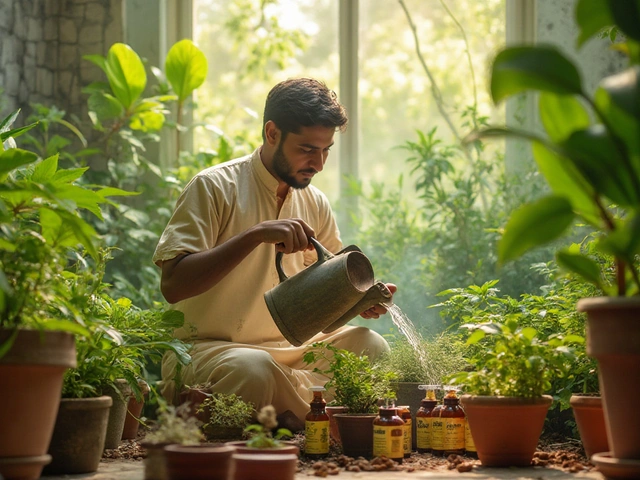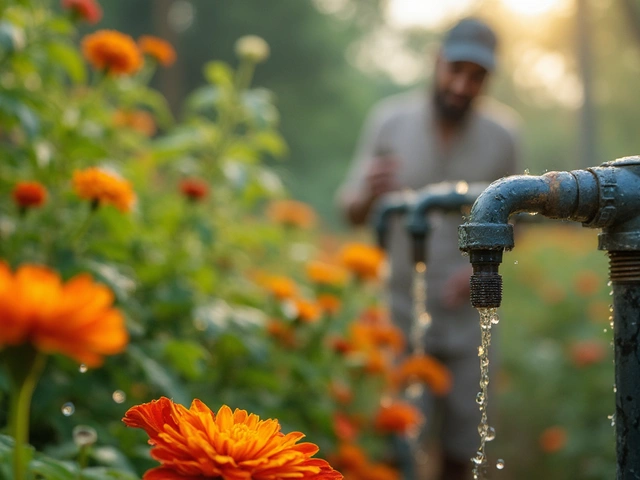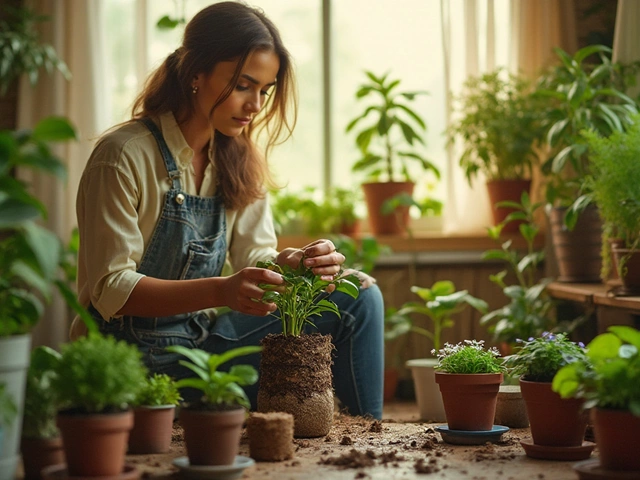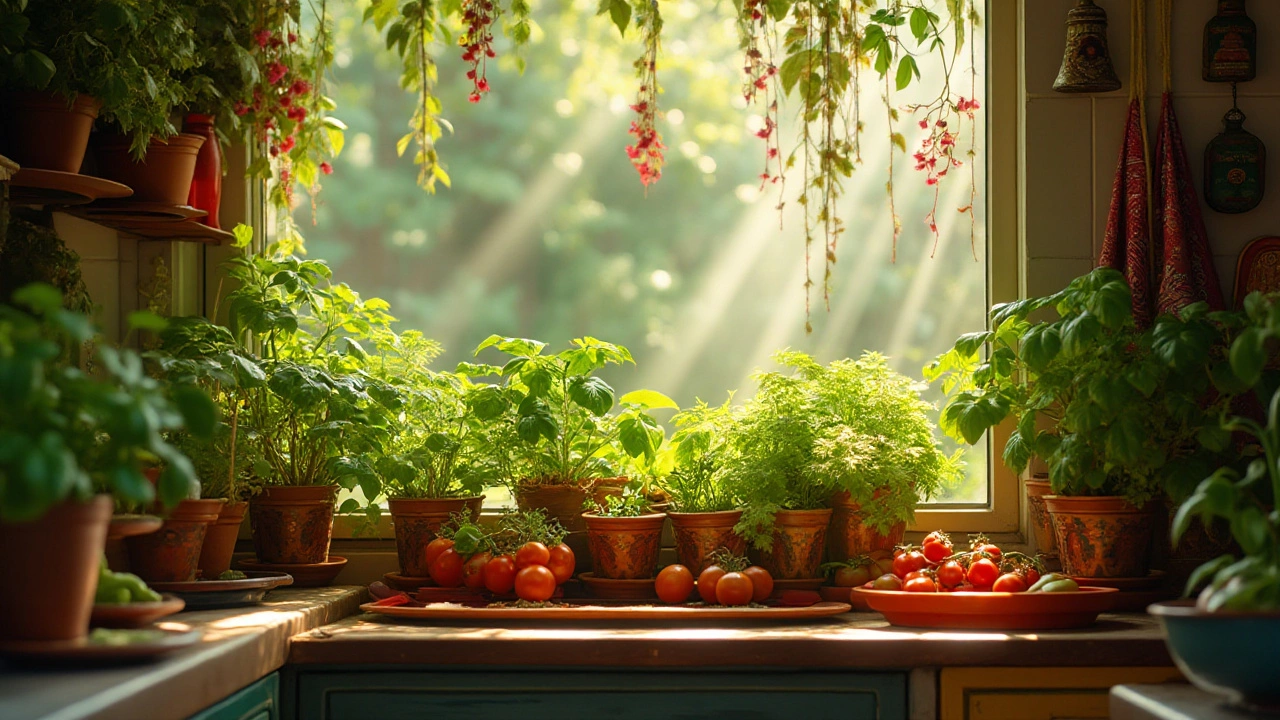Urban Farming Made Simple: Grow Food in Any Space
Living in a city doesn’t mean you have to give up fresh veggies. With a little planning, you can turn a balcony, rooftop, or even a windowsill into a productive food source. The key is to pick the right plants, use space‑saving methods, and keep water use low.
Start with What You Have: Balcony and Rooftop Ideas
First, look at the area you already own. A sunny balcony that gets 4‑6 hours of light can hold pot‑planted herbs, cherry tomatoes, and dwarf beans. Use stackable trays or tiered planters to double the growing area without crowding. Vertical gardens are a game‑changer – hanging pockets, wall‑mounted pots, or a simple trellis let you grow strawberries, peas, and leafy greens upward.
Don’t forget storage and seating. A narrow bench that doubles as a planter adds seating for coffee breaks and extra soil volume for root growth. For renters, choose lightweight fabric pots or modular systems that can be lifted out without damaging walls.
Save Water and Money with Drip Irrigation
Water is the biggest expense for any garden, especially on a balcony where wind can evaporate moisture fast. Drip irrigation delivers water directly to the root zone, cutting waste by up to 70 %. Bury the drip line about 2‑3 cm deep if you have a raised bed, or lay it on the surface of a pot and cover with mulch.
When you’re on a budget, start with drip tape – it’s cheaper and works well for rows of small pots. If you need more flexibility, drift to a drip line with adjustable emitters. Our guide on “How Deep Should Drip Irrigation Lines Be Buried?” explains the exact depth for different soil types, so you won’t over‑dig.
To keep costs low, use recycled bottles or old PVC pipe as makeshift emitters. A simple DIY timer can automate watering, letting you set a 15‑minute cycle twice a day during hot months.
Beyond watering, think about soil health. Add kitchen compost, shredded newspaper, or a thin layer of sand to improve drainage for heavy city soil. Lightening the mix lets roots breathe and reduces the chance of fungal problems.
Companion planting also boosts yields in tight spaces. Pair basil with tomatoes to deter pests, or grow marigolds near leafy greens for natural pest control. These “sister plants” create a mini‑ecosystem that needs fewer chemicals.
Indoor plants aren’t just décor – many are edible. A sunny windowsill can host lettuce, spinach, or micro‑greens that are ready to harvest in weeks. Keep humidity in check by misting only when the leaves look dry; over‑misting can cause root rot.
Finally, stay sustainable. Collect rainwater in a small barrel, use biodegradable pots, and recycle garden waste into compost. Small actions add up, turning your urban garden into a low‑impact food source.
Urban farming is all about making the most of limited space, water, and time. Start with a few pots, upgrade with drip irrigation, and watch your city balcony transform into a fresh‑food oasis.
Grow Fresh Vegetables in Your Kitchen: A Complete Guide
Explore the world of kitchen gardening and bring nature into your home by growing vegetables right in your kitchen. This complete guide covers everything you need to know for successful indoor vegetable gardening, from selecting the right plants to creating a perfect growing environment. Discover creative space-saving solutions and learn how to enjoy a continuous supply of fresh produce. With practical tips and interesting facts, even beginners can start their own indoor garden with confidence.
About
Home and Garden
Latest Posts


Best Liquids for Boosting Indoor Plant Growth
By Alden Thorne Dec 16, 2024

How Many Drippers Can I Run on One Line? Drip Irrigation Limits Explained
By Alden Thorne May 29, 2025

Common Indoor Plant Care Mistakes You Should Avoid
By Alden Thorne Jan 3, 2025

